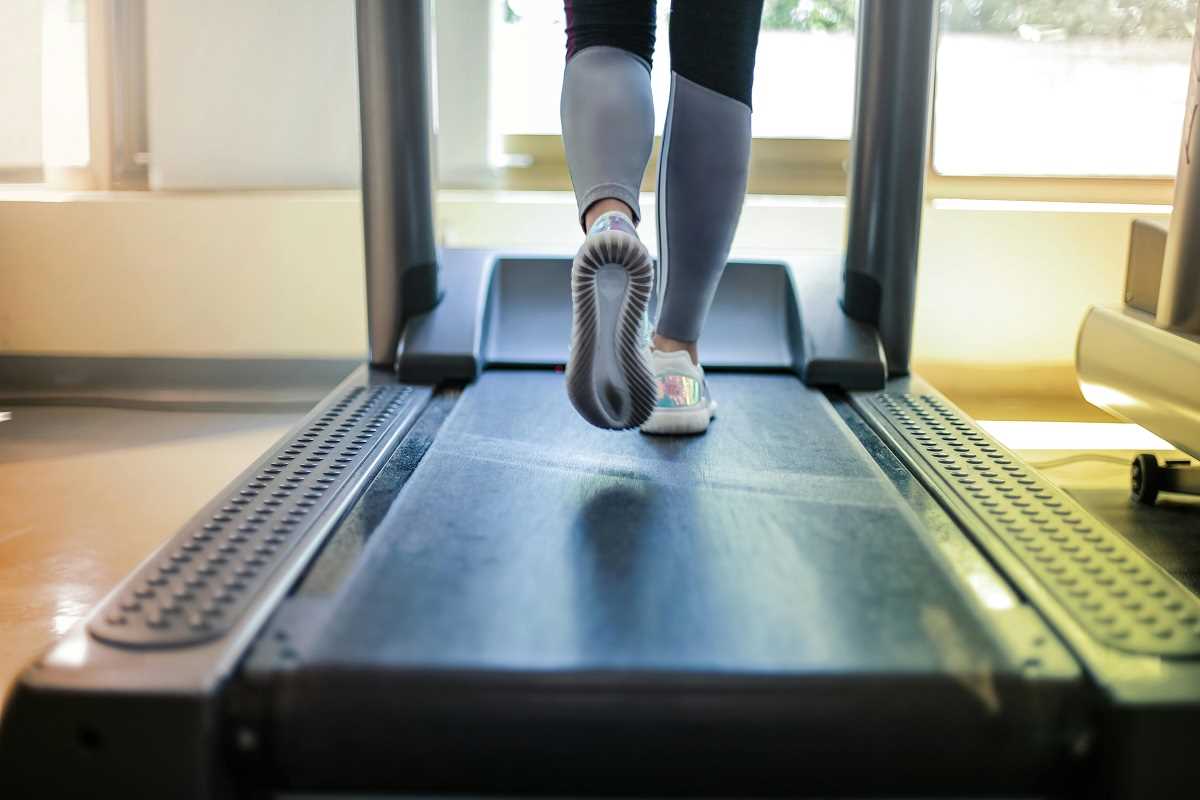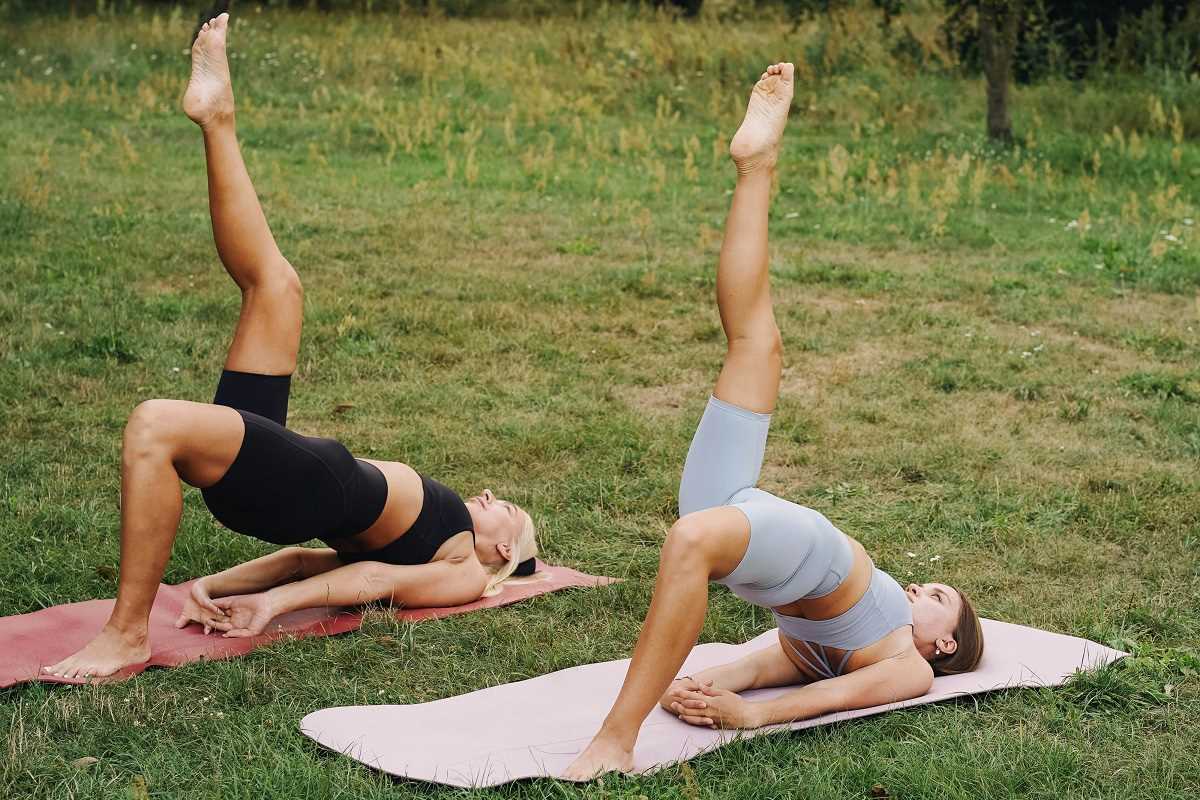Starting a fitness routine for the first time or after a long pause can feel intimidating. Maybe you're unsure where to start, or you worry that you won't stick to it. The good news? Creating a sustainable fitness plan is simpler than it seems, and with the right mindset and approach, you can build a routine that fits into your lifestyle. This guide will provide practical tips, detailed examples, and motivation to help you design a fitness plan you’ll love (and keep up with).
1. Set Clear and Realistic Goals
Before you lace up your sneakers or unroll your yoga mat, take a moment to define why you want to start working out. Identifying clear and realistic goals helps you stay focused and measure your progress over time.
Why This Matters
When you have a tangible goal, you’re more likely to show up for workouts with purpose. Instead of exercising just to "get healthy" (a broad and vague goal), you’ll have a specific benchmark to aim for and celebrate when you reach it.
How to Set Goals
Start with short-term goals that feel easy to achieve and long-term goals that inspire you to stick with your fitness routine. Consider using the SMART framework (Specific, Measurable, Achievable, Relevant, Time-bound) to define your objectives.
Examples:
- Short-term goal: Walk for 30 minutes, three times per week for the next month.
- Long-term goal: Run a 5k without stopping by next spring.
Setting attainable goals is key to building confidence as you progress. Over time, these small wins can snowball into bigger accomplishments.
2. Start with 3-4 Days a Week
When you're just getting started, you might feel the urge to work out every day. While enthusiasm is great, too much intensity early on can lead to burnout or injury. Instead, aim for a schedule of three to four workouts per week with planned rest days.
Example Schedule:
- Monday: Cardio (e.g., brisk walking, light jogging).
- Tuesday: Bodyweight strength training.
- Thursday: Yoga or flexibility exercises.
- Saturday: Fun activity, like a dance workout or recreational sport.
Make sure to space out your active days with recovery days. This allows your muscles to repair and grow stronger while reducing fatigue. You’ll be more likely to stick with your plan if it feels manageable, not overwhelming.
Tip for Beginners:
If a full 30-minute workout feels daunting, split it into chunks. You could do two 15-minute sessions at different times of the day or three 10-minute bursts. Movement is movement, and it all adds up!
3. Plan Your Week with a Mix of Activities
To improve overall health, prevent boredom, and target different aspects of fitness, your weekly plan should include three main components:
- Cardio: Activities like walking, jogging, swimming, or cycling that boost heart health and endurance.
- Strength Training: Build muscle and improve bone density with exercises like push-ups, planks, or resistance bands.
- Flexibility and Mobility: Stretching or yoga helps prevent stiffness and make everyday movements easier.
Example Weekly Plan (Expanded):
Here’s a more detailed plan to guide your first few weeks:
- Monday (Cardio): Take a brisk 30-minute walk around your neighborhood or on a treadmill. If you’re feeling adventurous, include three short bursts of jogging for 30 seconds each.
- Tuesday (Strength): Perform a simple bodyweight strength circuit:
- Squats (12 reps).
- Modified push-ups or wall push-ups (10 reps).
- Forearm plank hold (15 seconds).
- Repeat this circuit two to three times, with 1-2 minutes of rest between rounds.
- Wednesday (Active Recovery): Try light yoga or do 10 minutes of focused stretching.
- Thursday (Flexibility & Mobility): Follow a 20-minute yoga flow or stretch session.
- Friday (Cardio Interval Training): Alternate between 1 minute of jogging and 2 minutes of walking for 15-20 minutes.
- Saturday (Fun Workout): Join a group class, dance in your living room, or play a recreational sport. Choose an activity that makes you smile!
- Sunday (Recovery): Dedicate time to foam rolling or gentle stretching to release tight muscles and improve mobility.
Feel free to adjust this plan to fit your preferences and schedule. If you love swimming or biking, swap them into your cardio days!
4. Start Small and Progress Gradually
One major pitfall for beginners is going all in too quickly. You might start with long workouts or heavy weights and end up sore, discouraged, or injured. Instead, focus on building a solid foundation and increasing intensity as your fitness improves.
Specific Tips for Progress:
- Begin with workouts that last 15-30 minutes and gradually extend their duration once you feel comfortable.
- For strength training, start with bodyweight exercises (like squats or planks) before using additional resistance like dumbbells.
- If jogging, walk first until you feel ready to incorporate short bouts of jogging.
Remember, your fitness routine is a marathon—not a sprint. Progress looks different for everyone, so go at a pace that feels good for you.
5. Stay Flexible and Listen to Your Body
Sometimes life doesn’t go according to plan, right? You might miss a workout because of a hectic day at work or feel too tired for that strength session you had planned. That’s okay! Flexibility in your plan helps you stay consistent over the long run.
Tips to Adapt:
- If you miss a workout, don’t stress. Just pick back up the next day.
- Adjust workouts based on energy levels. Feeling tired? Swap high-intensity cardio for a low-impact activity like walking or yoga.
- Take rest days when your muscles feel fatigued or sore. Overtraining can do more harm than good.
Above all, avoid the guilt trap. Skipping a workout or two doesn’t erase your progress; what matters is coming back when you can.
6. Don’t Skip Warm-Ups and Cool-Downs
Your warm-up and cool-down are as important as the main workout itself. Warming up prepares your body for movement, reducing injury risk, while cooling down helps your muscles recover and prevents stiffness.
Quick Warm-Up Ideas:
- 5 minutes of light cardio (e.g., walking or jogging in place).
- Add dynamic stretches like arm circles, leg swings, or high knees.
Effective Cool-Down Tips:
- Spend 5-10 minutes slowly reducing your intensity, like walking at a relaxed pace.
- Follow up with stretches targeting the muscles you used most during your workout. Hold each stretch for 20-30 seconds.
Some options for stretching include hamstring stretches (touching your toes), quad stretches (holding your ankle behind you), or seated forward folds for the lower back.
7. Use Tools to Stay Engaged
Fitness tools can add fun to your routine and help you stick with it. Whether it’s tracking progress, listening to a motivating playlist, or using quality gear, small investments can make a big difference.
Ideas to Try:
- Fitness Apps: Apps like Nike Training Club or Couch-to-5k offer beginner-friendly workouts and progress tracking.
- Music or Podcasts: Create an energizing workout playlist or listen to a favorite podcast to distract yourself and make time fly.
- Gear: Comfortable shoes, a supportive sports bra, and a yoga mat can make your workouts feel better and prevent discomfort.
Experiment with tools to find what excites and motivates you most!
8. Celebrate Small Wins
Consistency is hard, and every effort you make deserves recognition. Celebrating even the smallest milestones helps build momentum.
Examples of Small Wins:
- Completing your first full week of workouts.
- Doing an extra set of push-ups than the week before.
- Jogging 60 seconds without stopping for the first time.
Treat yourself to non-food rewards, like new workout gear, a relaxing bath, or some well-earned quiet time!
9. Find Accountability and Support
It’s easier to stick to your routine when you have someone cheering you on. Accountability not only motivates you but also makes fitness more enjoyable.
How to Find Support:
- Invite a friend to join your workouts.
- Share goals with a family member or partner who can encourage you.
- Join beginner-friendly fitness classes, online workout communities, or local walking groups.
Having a workout buddy or community creates a sense of responsibility, and you’ll feel encouraged by shared progress.
10. Focus on Your “Why”
Motivation can fluctuate, especially after the initial excitement fades. When this happens, grounding yourself in your “why” will carry you forward.
Think about the deeper reasons behind your fitness goals. Is it to improve your energy levels, boost confidence, or keep up with your kids? Keep that reason front and center so it becomes your anchor when things get tough.
Starting a fitness routine may feel challenging at first, but it doesn’t have to be. With the right mix of goal-setting, planning, and encouragement, you can build a sustainable schedule that improves your health and leaves you feeling accomplished.
 (Image via
(Image via





